35+ Brand Personality Examples to Download
Many businesses that sell and offer commodities, products, and services have an established brand identity that allows them to connect with their customers. These identities have specific elements and characteristics that will enable the said business to create relationships with its audience. All of these elements create a brand personality that will act as the foundation of the brand-customer relationship.
1. Brand Personality of Two Beverages Categories
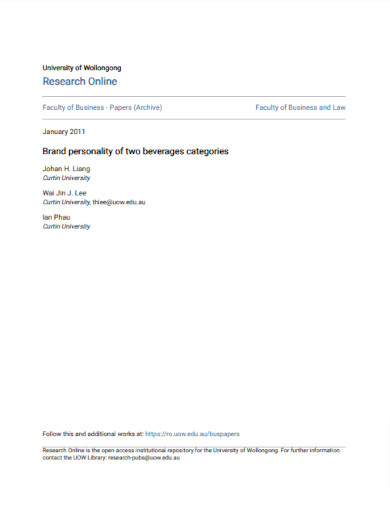
ro.uow.edu.au
2. Comparing Brand Personality Measures
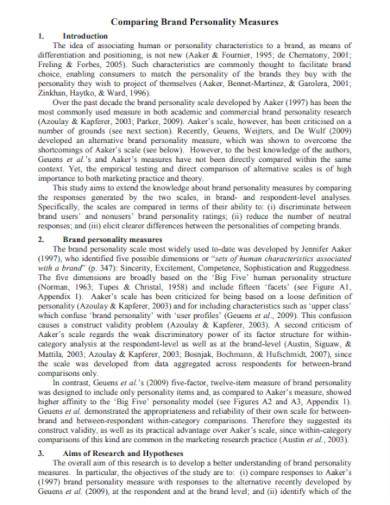
core.ac.uk
3. Conceptualizing Brand Personality Example
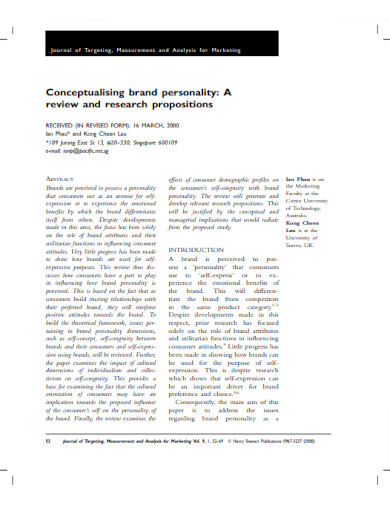
link.springer.com
4. Brand Personalities Make a Difference to Consumers
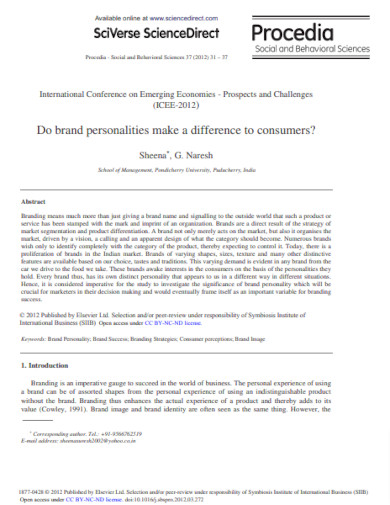
pdf.sciencedirectassets.com
5. Determining the Brand Personality Example
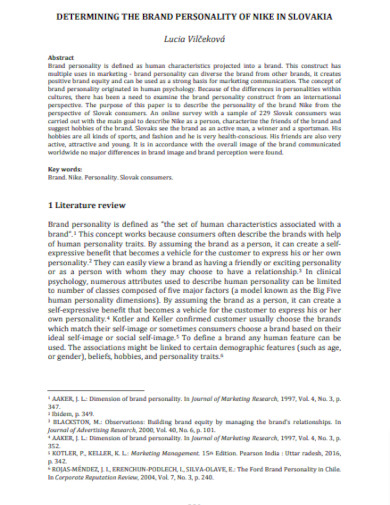
journals.indexcopernicus.com
6. New Measure of Brand Personality Example
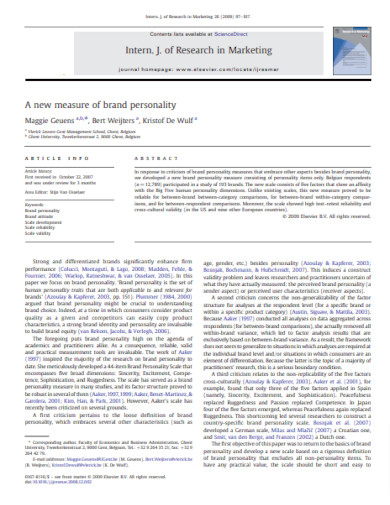
dl.edi-info.ir
7. Predicting Brand Personality in Social Media Networks
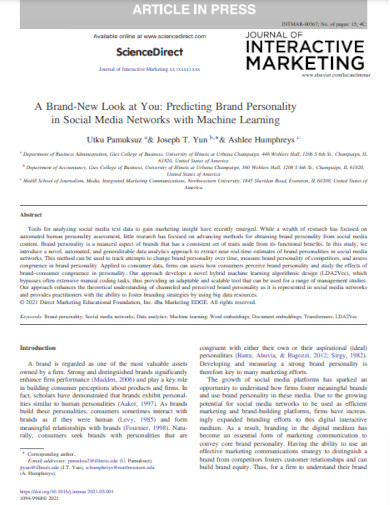
e-tarjome.com
8. The Brand Personality Dimensions of Business
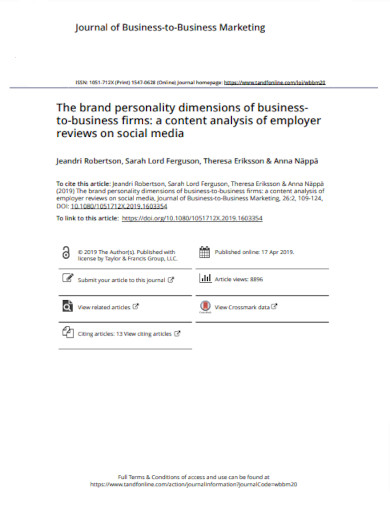
tandfonline.com
9. The Relation Between Consumer and Brand Personality
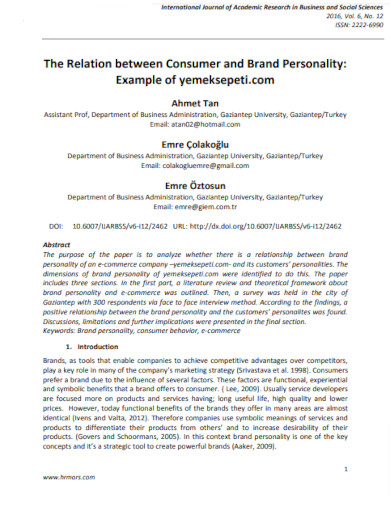
hrmars.com
10. Brand Personality and Gender Example
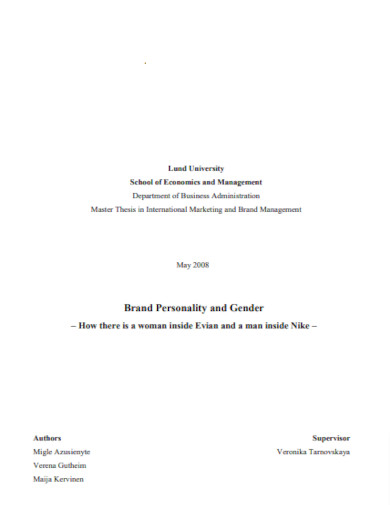
lup.lub.lu.se
11. The Effect of Brand Personality and Brand Identification on Brand Loyalty
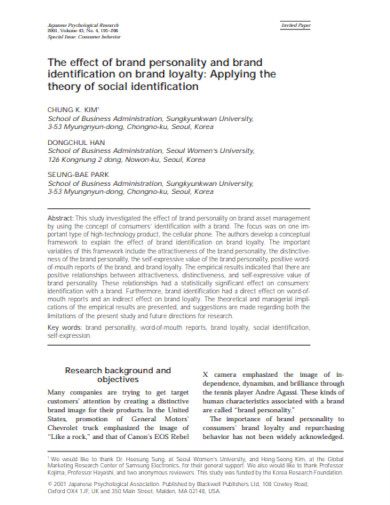
onlinelibrary.wiley.com
12. Determinant of Brand Personality
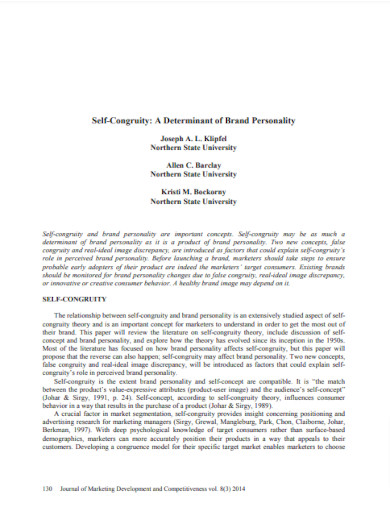
t.www.na-businesspress.com
13. Industrial Brand Personality Scale
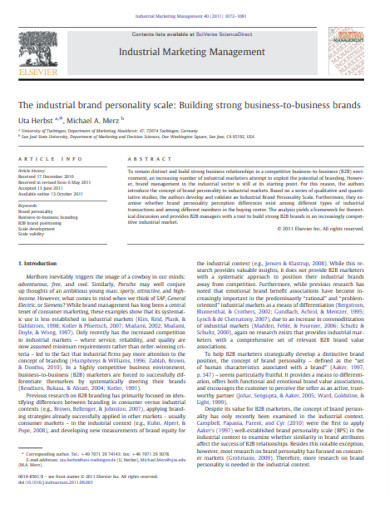
shop.tarjomeplus.com
14. Brand Personality Appeal Perspective
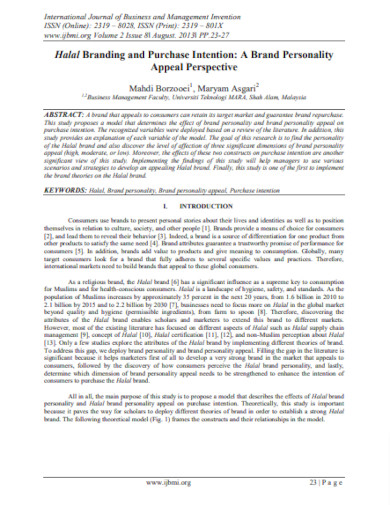
ijbmi.org
15. Standard City Brand Personality Example
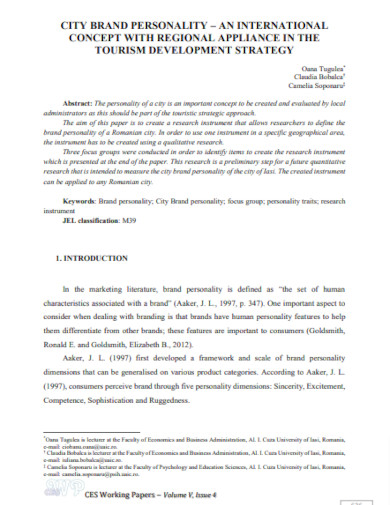
ceswp.uaic.ro
16. Simple Brand Personality Example
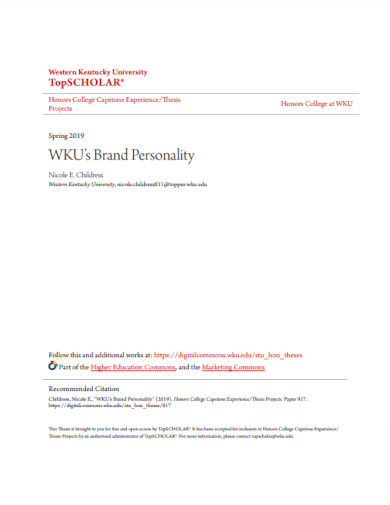
digitalcommons.wku.edu
17. Influence of Brand Personality Dimensions

magscholar.com
18. Sample Brand Personality Example
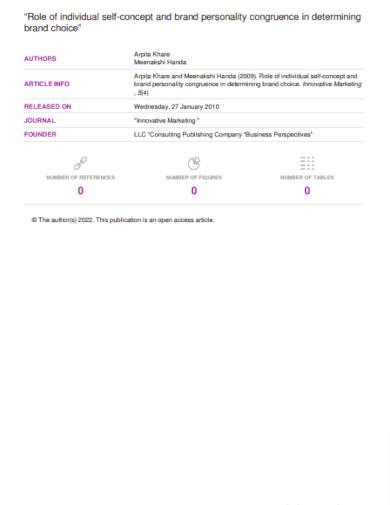
businessperspectives.org
19. Understanding Multidimensionality of Brand Personality
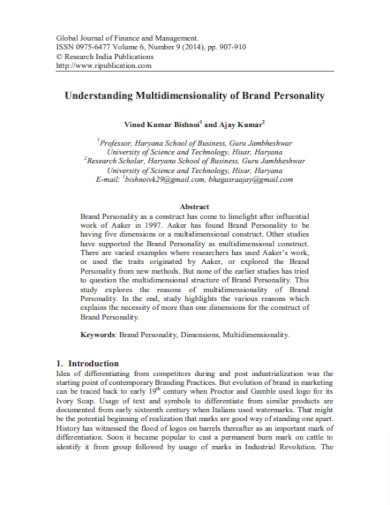
ripublication.com
20. Basic Brand Personality Example
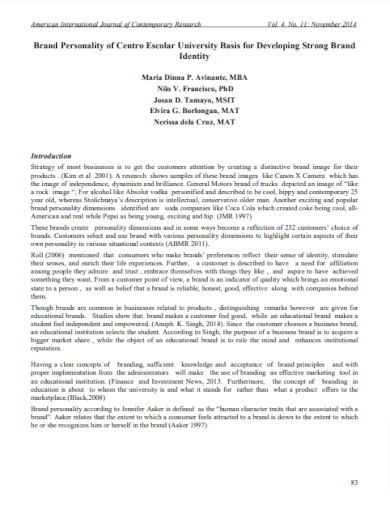
aijcrnet.com
21. The Effect of Brand Personality Example

repository.smuc.edu.et
22. An Empirical Research on Brand Personality of Smart phone
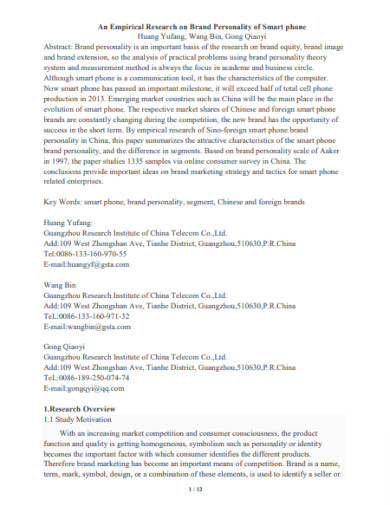
archives.marketing-trends-congress.com
23. An Application of Brand Personality to Advergames
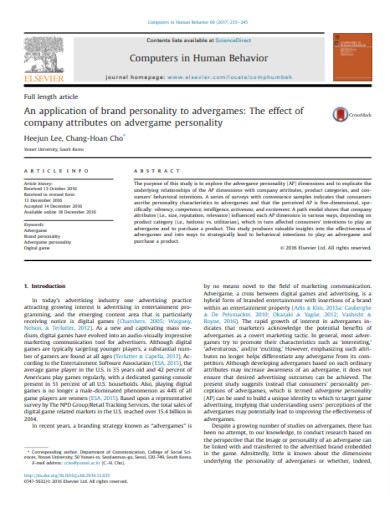
tarjomefa.com
24. Recommendations for Sustainable Brand Personalities
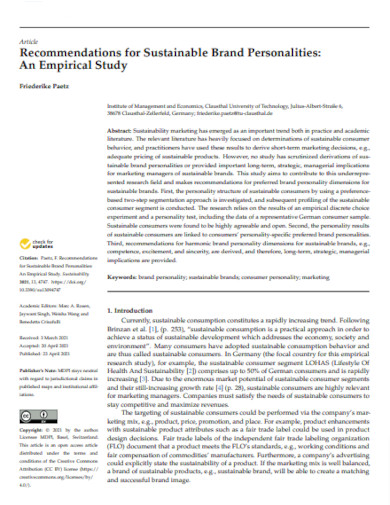
pdfs.semanticscholar.org
25. Brand Personality Concept in the City

sibresearch.org
26. Examining the Influence of Brand Personality Dimension
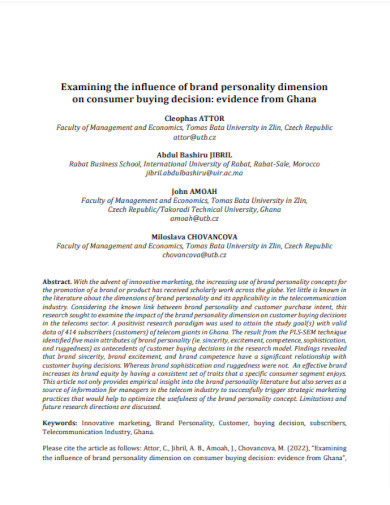
publikace.k.utb.cz
27. The Role of Brand Personality in Consumers Decision Making
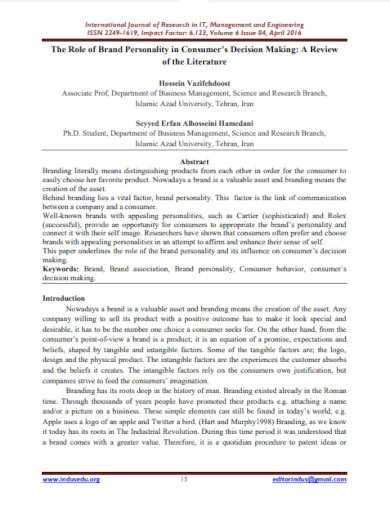
indusedu.org
28. Brand Personality Dimensions in the Brazilian Context
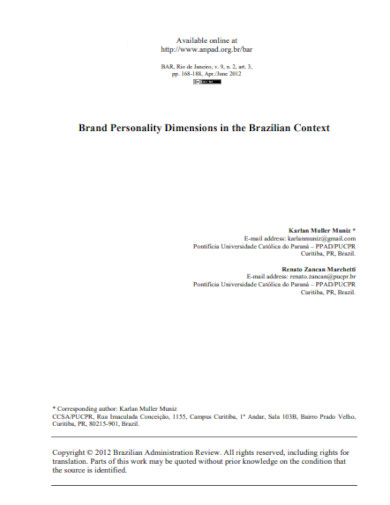
scielo.br
29. Editable Brand Personality Example

brandswan.design
30. Negative Dimensions of Brand Personality
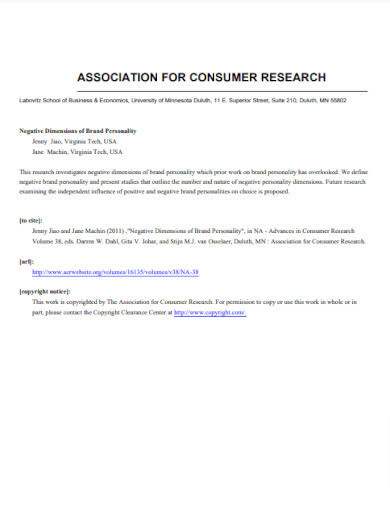
acrwebsite.org
31. Prescription Drug Brand Personality as Perceived by Consumers
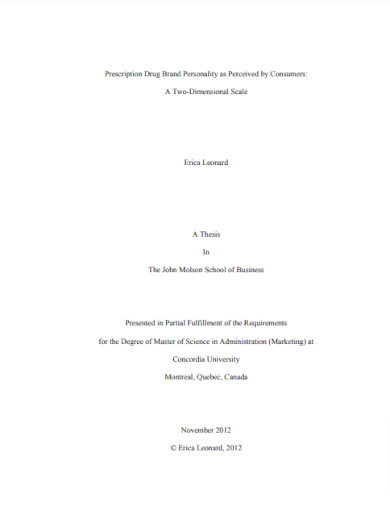
spectrum.library.concordia.ca
32. Printable Brand Personality Example
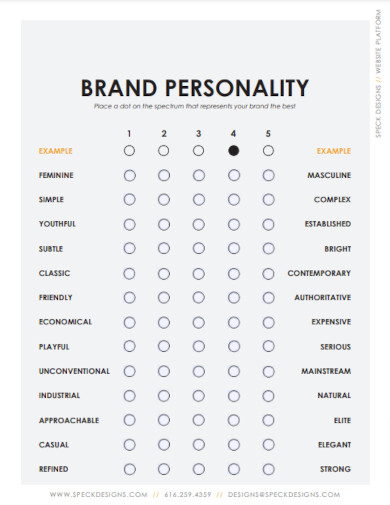
irp-cdn.multiscreensite.com
33. Influence Of Perceived Brand Personality of Social Media on Users Attitude
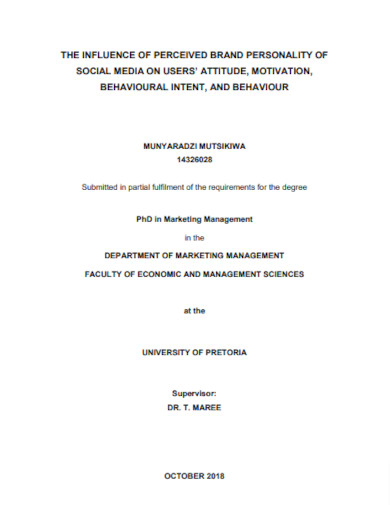
repository.up.ac.za
34. Predicting Perceived Brand Personality with Social Media
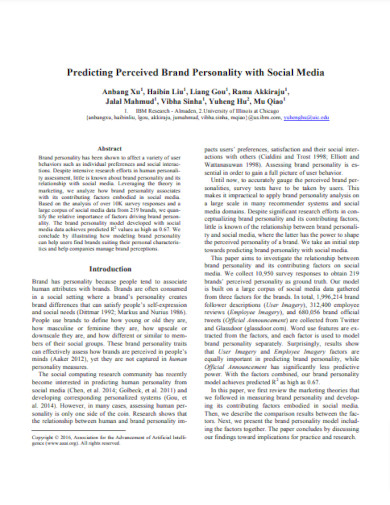
yuhenghu.com
35. Effect of Brand Personality on Consumer Self Identity
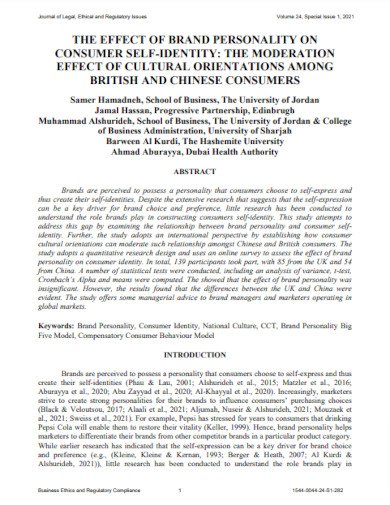
abacademies.org
36. Influence of Color on Consumer Brand Personality
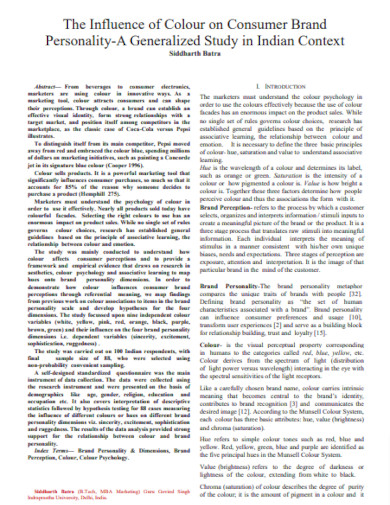
ijntr.org
What Is a Brand Personality?
The brand personality is a collection of human characteristics that the business owners will set onto their brand, which will help with the imagery, marketing, and relatability of the brand. The act of creating a brand personality is similar to a writer’s or a speaker’s usage of a literary device called personification.
A good brand personality will help improve the brand’s customer reach, which will bring in more customers and digital traffic. If you want to have more references to help you create your brand personality, you may use any of the brand personality examples and samples on the links above. Start by listing out the core values and objectives of your brand. This will help you create a list of human characteristics and elements that you can attach to your brand personality to create a unique brand identity. After you have listed out your brand’s core values and objectives, you must now research the wants and needs of your target market to appeal to their interests. You must also check the local and international competition to help you gauge your brand personality. A style guide is a collection of brand imagery, colors, themes, and contexts that will help ensure your brand will stay consistent with the brand’s personality and identity. This will also help act as a reference for your packaging, marketing, and advertising. When you have finished all of the steps above, it is time to create and set a brand personality you want your brand to convey to the audience. You will use this personality on social media and marketing to help create, generate, and retain your target market through organic means.How to Create a Brand Personality
Step 1: Create a List of Your Brand’s Core Values and Objectives
Step 2: Research Your Target Market and Competition
Step 3: Make a Style Guide
Step 4: Create a Brand Personality
FAQs
A brand personality will help create a consistent image that will improve the brand’s relatability and reputation among the chosen target market. In the age of social media and digital marketing, it is important to have a brand personality that one can showcase when the business interacts with its customers in an online environment.Why is it essential to have a brand personality?
When the brand’s personality is not consistent, it may reduce the attention and attractiveness of the brand, which will damage or hinder the brand-customer relationship. This consequence may end up damaging the reputation of the brand, which will drastically affect the brand’s performance.What happens when a representative of the brand does something that doesn’t align with the brand personality?
There are five elements of a brand identity that will determine the success or failure of the brand’s personality. These elements are sincerity, excitement, competence, sophistication, and ruggedness.What are the elements of a brand personality?
The brand’s personality is a set of human attributes the brand’s higher-ups have attached to the identity of the brand. A good brand personality has a large effect on the existing brand-customer relationship, which will affect the overall performance of the brand. Therefore it is important to create a unique brand personality.

